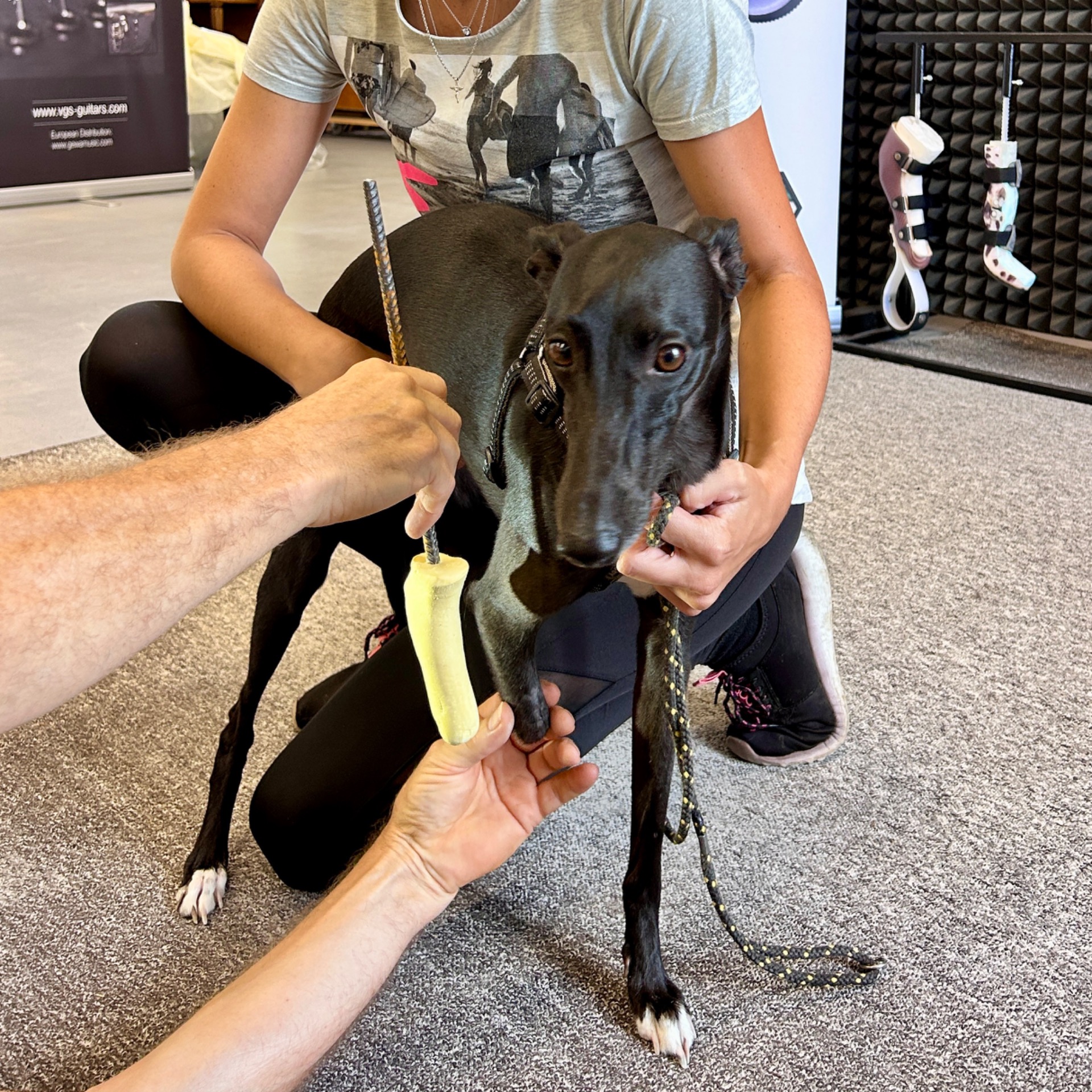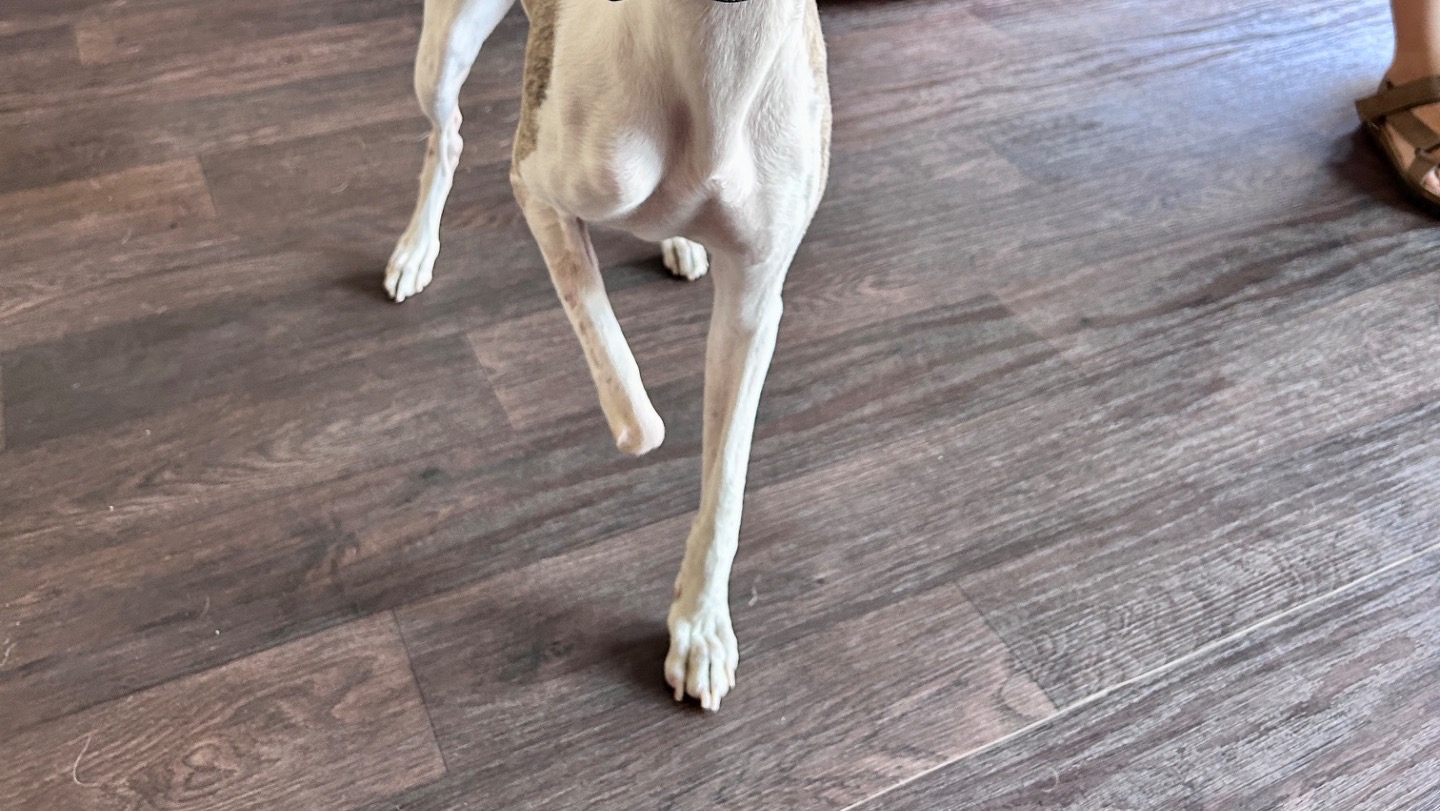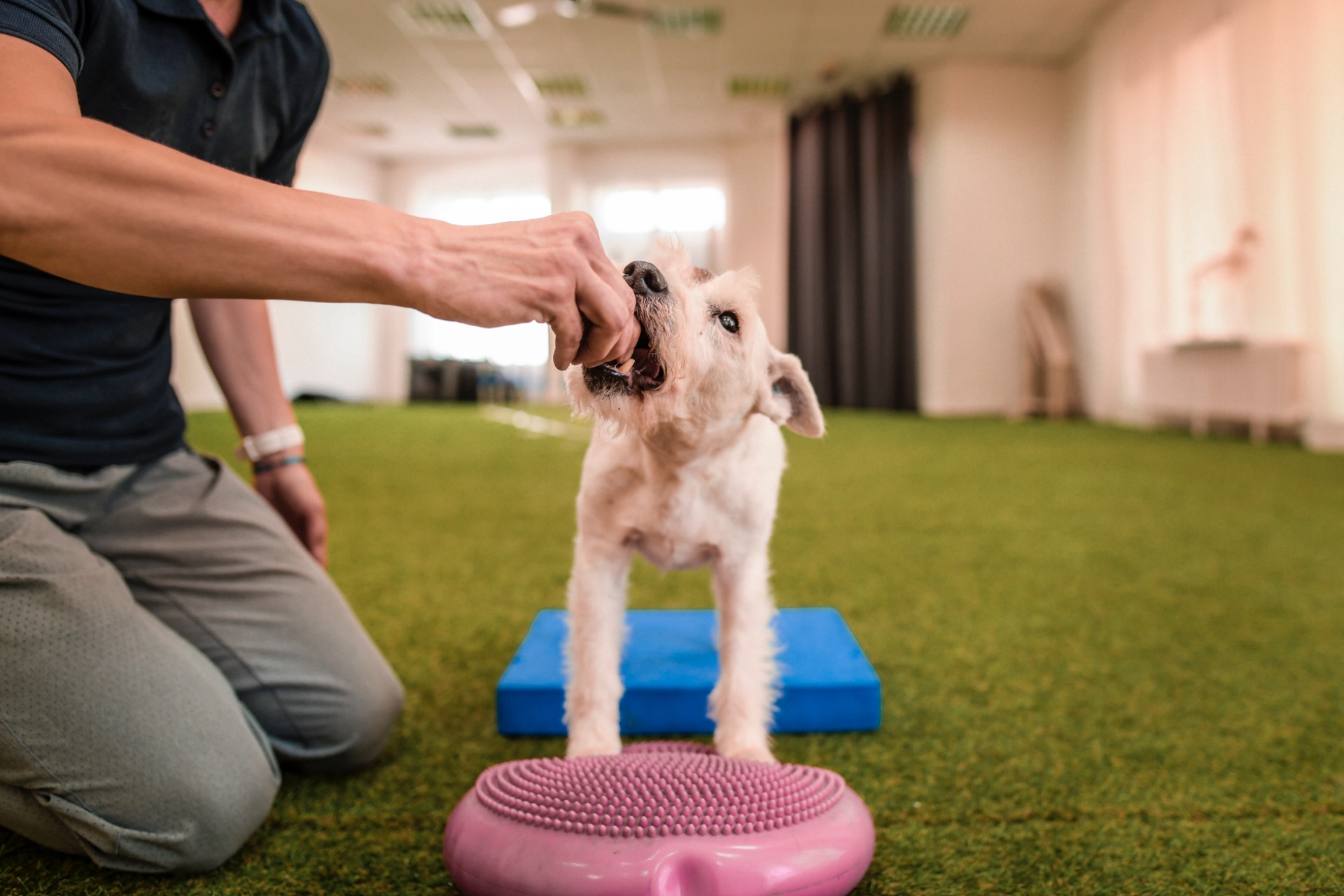Stump Care for Dogs with Prosthetics: Why It Matters and What We Can Learn from Human Medicine
A prosthetic or orthotic can change a dog's life – it allows them to run, play, and enjoy daily activities without pain. But for the prosthesis to function well and for the dog to feel comfortable, proper stump care is essential.
In human medicine, stump care after amputation is one of the key factors for successful prosthetic use. Since canine skin and tissues have similar needs to humans, many of these practices can be safely and effectively applied to animals as well.
1. Hygiene First
As with humans, skin cleanliness is the foundation of infection prevention.
Wash the stump with lukewarm water, avoiding scented soaps.
Always dry thoroughly with a soft towel – moisture increases the risk of sores and bacterial infection.
In human medicine, special antibacterial solutions are used when infection risk is high – for dogs, always consult your veterinarian first.
2. Daily Skin Check
Just as human amputees should regularly inspect their stumps, dogs also need frequent monitoring.
Look for redness, sores, swelling, or abrasions.
If you notice discharge or strong irritation, consult your vet.
Humans are taught to use a mirror for a full inspection; for dogs, that role belongs to you.
3. Skin Hydration
Dry and cracked skin makes prosthesis use uncomfortable.
Apply gentle moisturizing balms or creams formulated for animals.
Avoid aggressive or perfumed products.
In human prosthetics, hypoallergenic creams or silicone gels are often used to improve skin elasticity and durability. The same principle applies to dogs – regular hydration reduces irritation and cracks.

4. "Rest Time" Without the Prosthesis
Just like humans, dogs need time for their skin and muscles to recover.
Allow your dog daily breaks without the prosthesis.
This promotes blood circulation and lowers the risk of pressure sores.
For humans, alternating prosthesis use and rest is standard practice, especially in the early stages. Dogs benefit from the same approach.
5. Gradual Adaptation and Training
Using a prosthetic isn't just about "putting it on and walking."
Dogs need to gradually learn how to move with the new device.
Physiotherapy sessions are often essential.
In human medicine, physical therapy after amputation is routine. For dogs, it offers the same benefits – improving coordination, strengthening muscles, and preventing incorrect strain on the spine or remaining limbs.
When to Seek Veterinary Help?
Contact your veterinarian immediately if you notice:
severe redness or open wounds,
discharge, foul odor,
signs of pain when touching the stump.
Conclusion
Stump care is a crucial part of every prosthetic journey. Just like with humans, it determines whether the device will be comfortable and functional in the long run.
Hygiene, inspection, hydration, and rest – the four pillars of proper care.
Insights from human medicine show us that good stump care can significantly extend the lifespan of a prosthesis and improve patient comfort – and the same applies to animals.
With proper care, your dog can live a full, happy, and active life with a prosthesis.
Written by: Stephanie Mach, CCBW, CCRP (Veterinary Physiotherapist, CEO of Animal Prosthetics)



